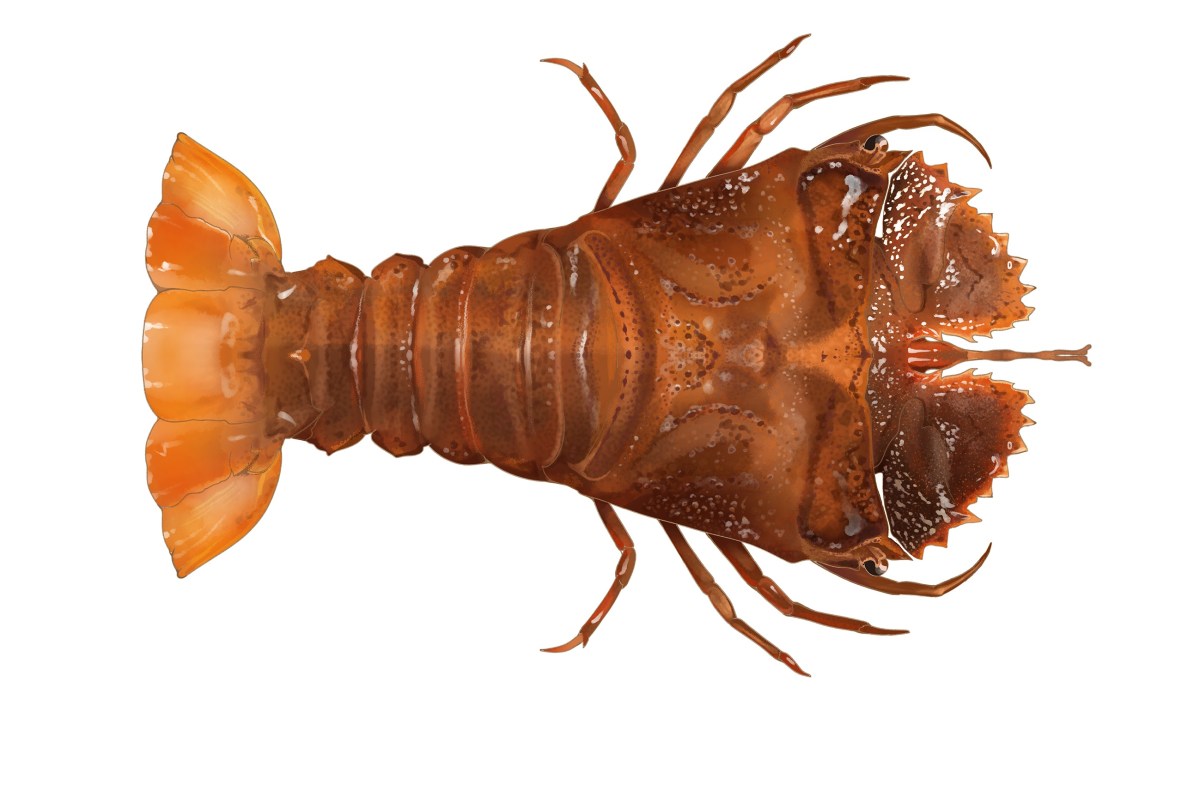The Soft Shell Bay lobster is a farmed product that is part of the slipper lobster family, which includes 90 species of achelate crustaceans. It is known by the scientific name Thenus australiensis and is being pioneered by Australian Bay Lobster Producers, who are farming it as a sustainable solution to cater to the growing demand for premium Australian seafood.
The supplier also produces Moreton Bay bugs and wild hard shell bay lobsters, which are caught along the South-East and Central Coast of Queensland.
Growth and harvest
The soft-shell lobsters are farmed in a facility in Chinderah, New South Wales, which has a controlled recirculating aquaculture system. The lobsters are hatched from eggs and reared through multiple life stages, including an extremely vulnerable larval period, until they reach optimum soft-shell size. As the animal moults, the producers only have a 15-minute window to harvest the product before the lobster’s shell becomes hardened and unsuitable for consumption.
Appearance and flavour profile
When it comes to size, soft-shell lobsters differ as they can be grown to meet specific requirements. The most common weights are 40-50g and 60-70g, with the lobsters graded according to 10g increments. The colour of the lobsters varies according to their pre-harvest diet.
They are fed Australian mussels, which contribute to their dark amber colouring. The lobsters have a broad, flat head with five pairs of legs and a short, narrow tails They have three distinct flavour profiles. The tail meat is described as sweet and buttery, while the head meat exudes minerality and salinity. The shell of the lobster has unique umami and savoury notes.
Culinary applications
Soft-shell lobsters can be cooked and consumed entirely, which means they have a 100 per cent recovery rate and are a waste-free ingredient. They can be prepared in a similar manner to soft-shell crabs. The lobsters can be used as a hero ingredient
and accompanied by herb and garlic butter, deep fried and served with a dipping sauce or used in a curry.
Chef Ben Devlin has featured the lobsters on the menu at his Pottsville restaurant Pipit. “My favourite way to use them is to split the different parts of the lobster,” he says. “It allows me to expand on those flavours and make them come together in the best way possible.”
A new species of lobster is making a splash

